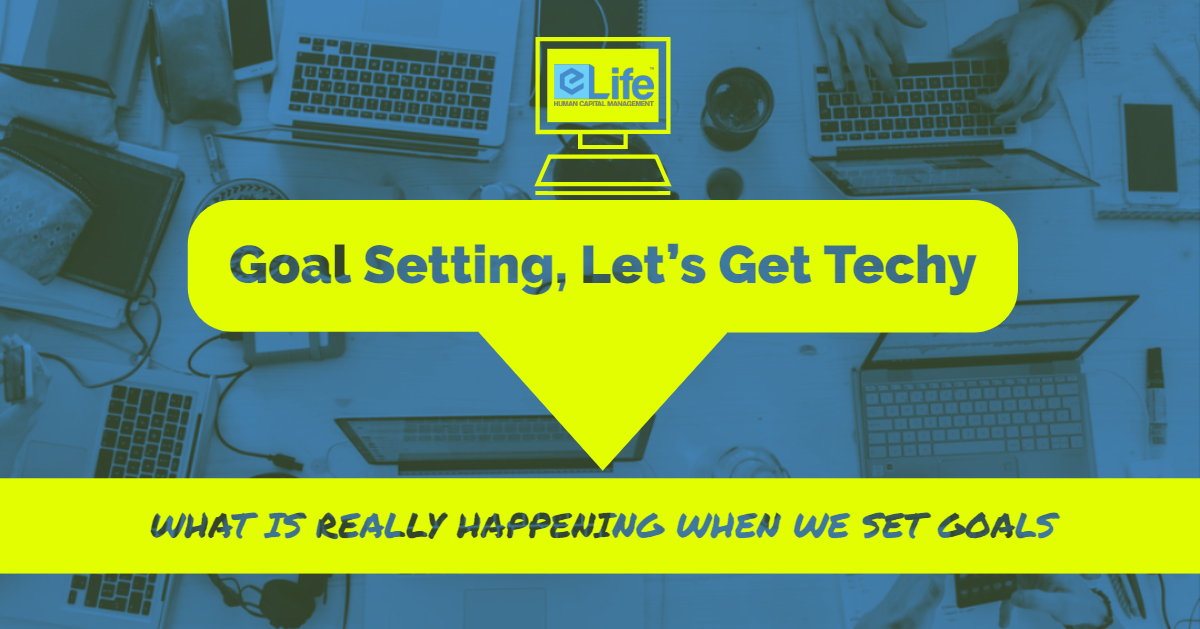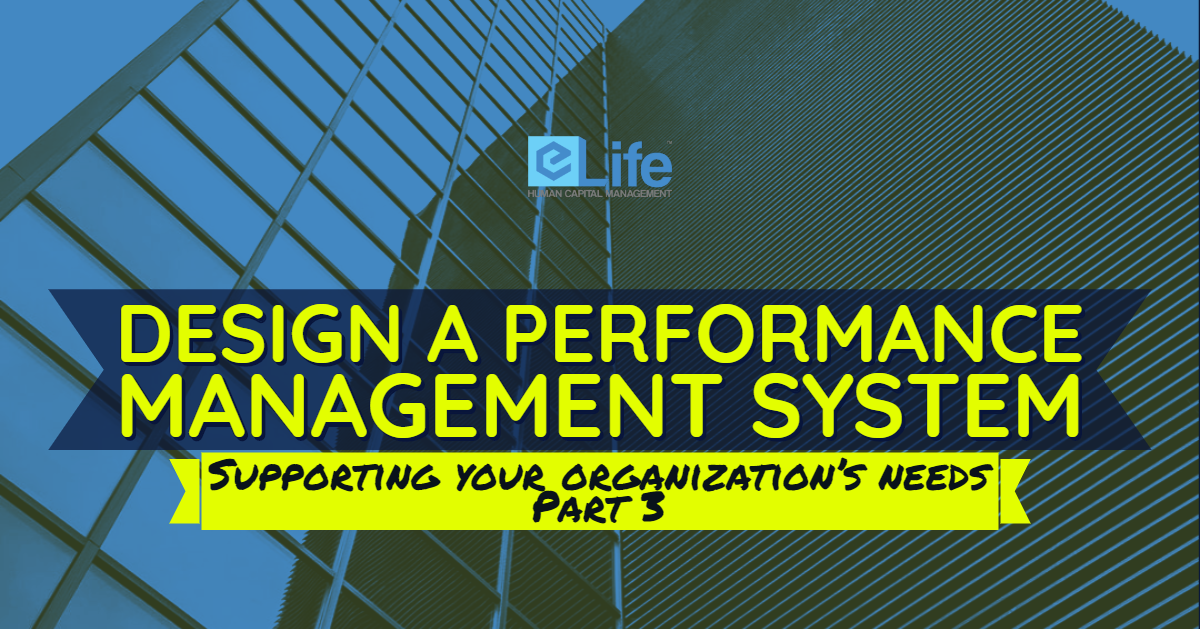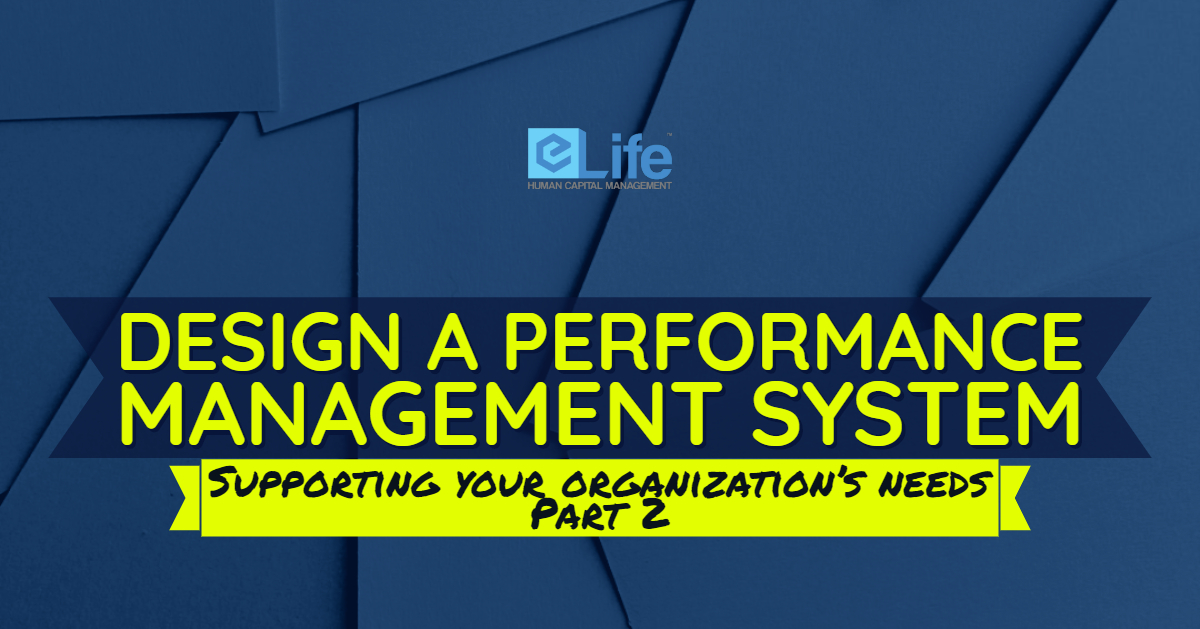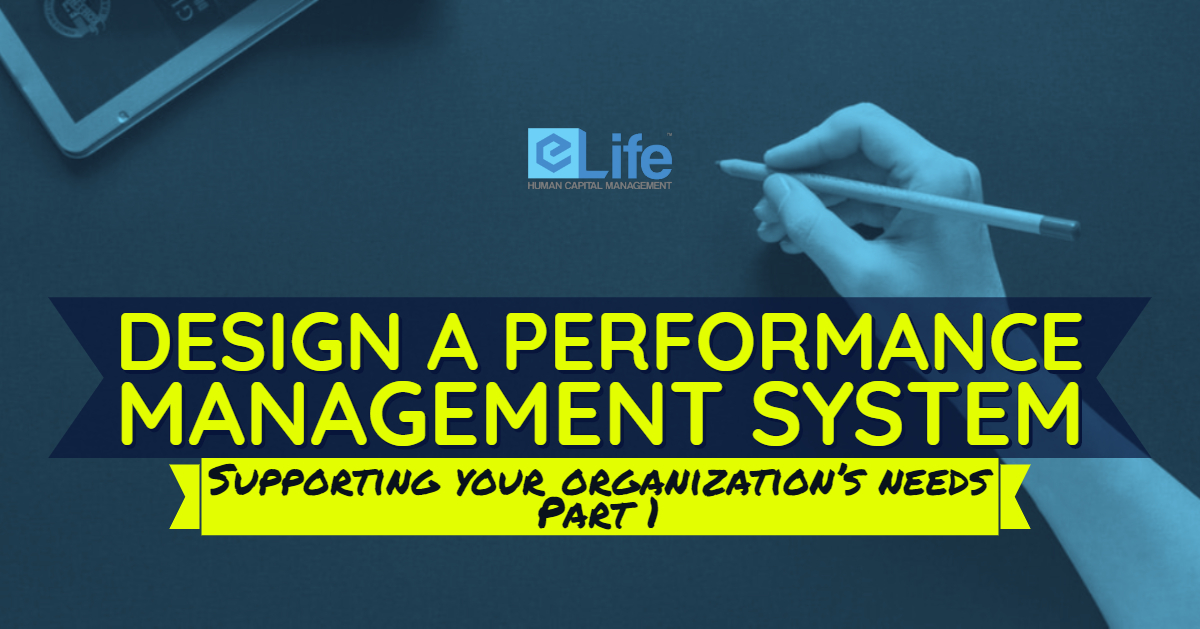Supporting your organization's needs - Part Two
Continuing with our subject of creating a performance management system which supports your organization, we will look at training. In the last edition, we spoke about different ways to communicate and how that can improve the performance management in your department and company. This week, we will look at learning, coaching and mentoring; and ways these can help performance management.
Training
Every day, in millions of companies across the globe, training is happening. How your company does this import task has a lot to do with the success or failure of your performance management system. Have you ever started a new job, only to be left to figure it out on your own? Or, you were assigned someone to train you and show you the ropes, but that person was not invested in the process, or maybe he or she started two weeks before you. Although no company sets out to fail at training, it happens and the impact is huge.
Companies need not invest in expensive learning management systems to have a culture of learning. Rather, they need a comprehensive plan, detailing how training is to happen, whether it is with new hires or training for a new product. The key is having trainers who are passionate about your company and are dedicated to the success of the students.
When new hires start, they should be assigned someone to train them, including showing them the ropes. They should be taught where the bathrooms are located and all the on boarding stuff. This same person should show them the job, help them learn the steps to be successful and help them understand their goals and how their tasks impact the department. When employees learn their goals in their first few days, they understand and execute their performance expectations quickly and effectively. They are more likely to quickly see their place in the big picture, which can be difficult as a new hire.





